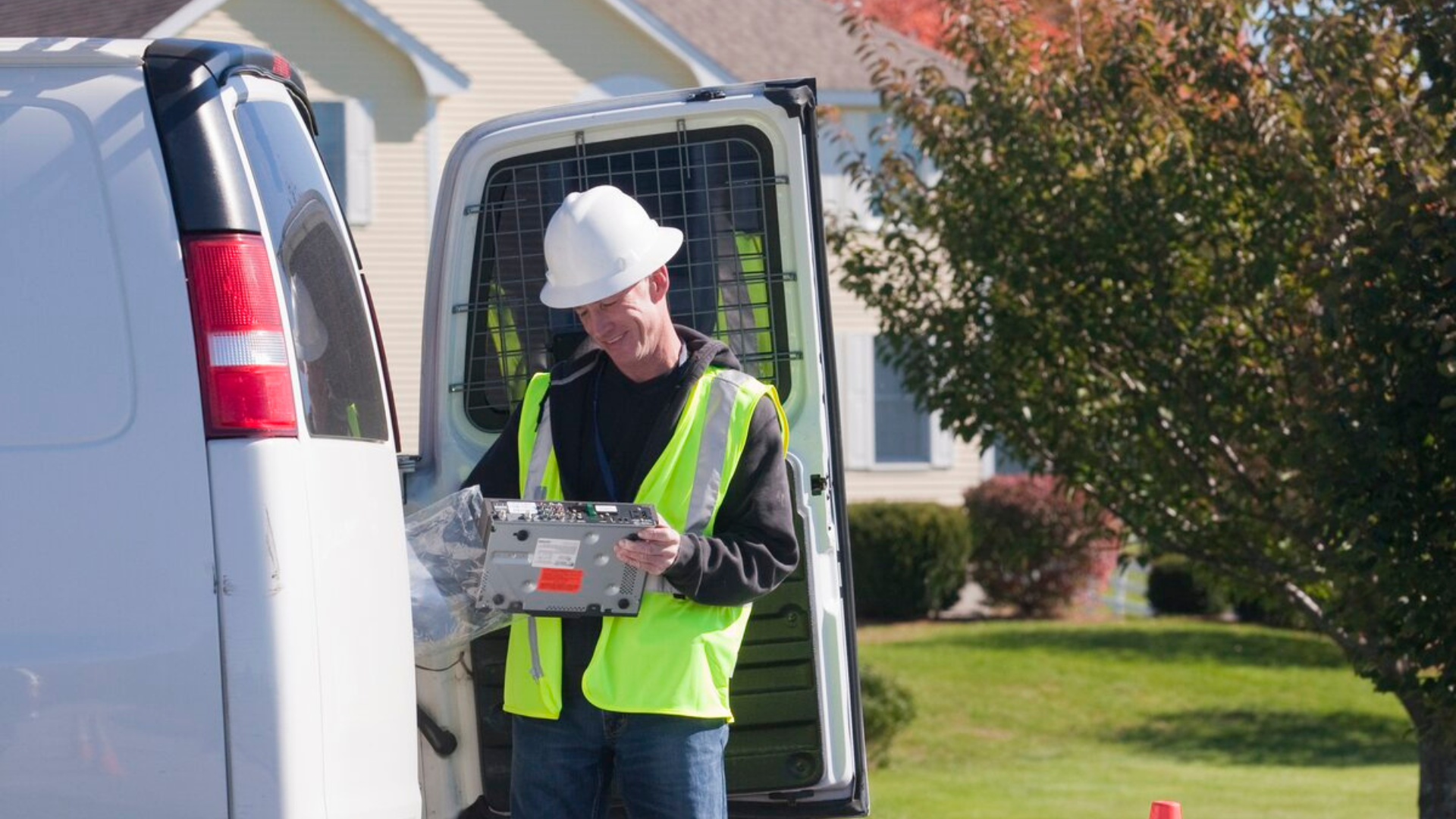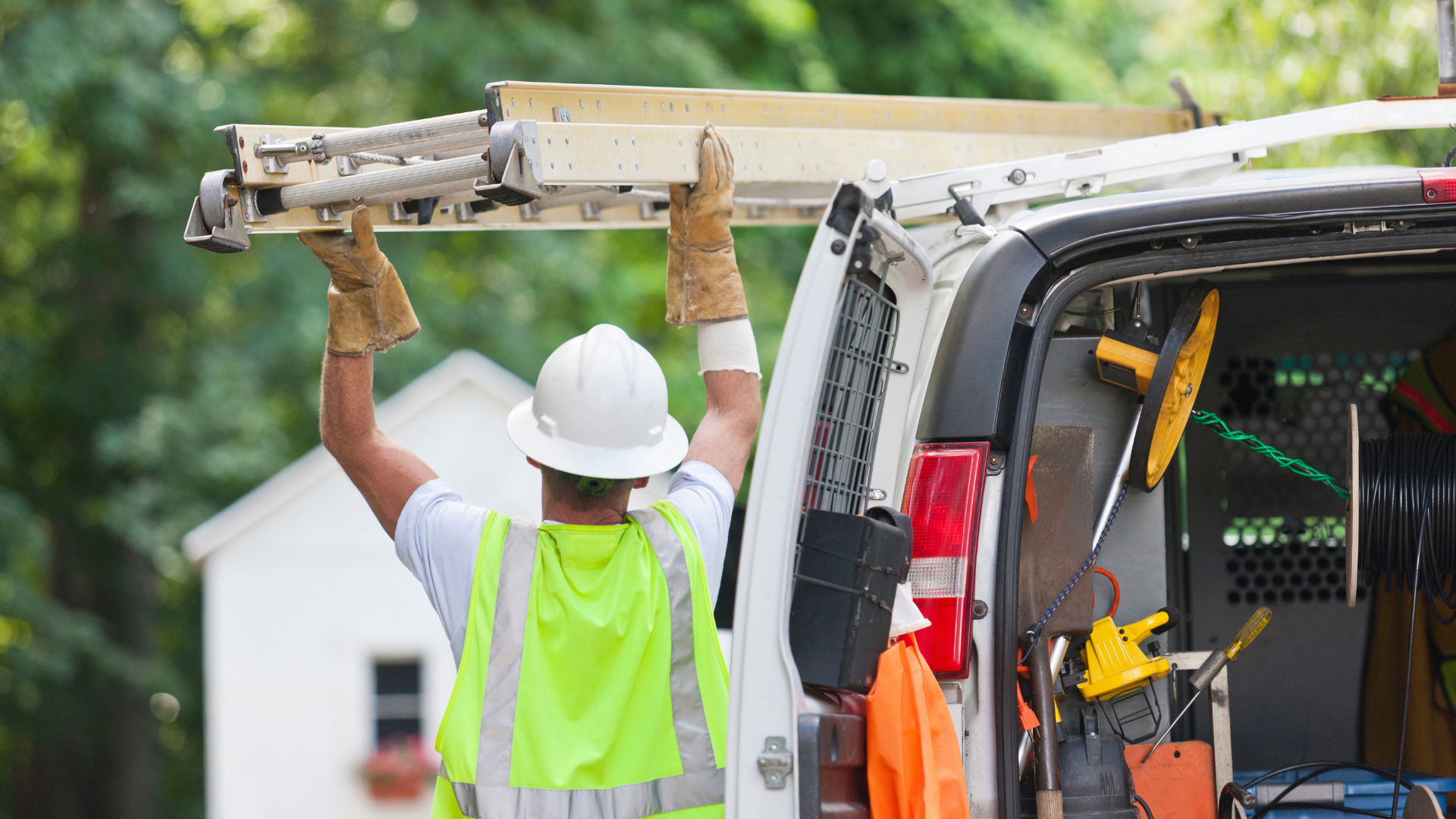How last mile fleets can reduce the carbon footprint of their current vehicles

Aug 29, 2025
.jpg)
For sustainability teams managing last mile delivery operations, diesel or petrol vehicles often still remain the backbone of current operations. While fleet electrification is a critical long-term objective for companies, many organisations are focusing on the initial challenge of reducing Scope 1 emissions now, without undergoing immediate capital investment.
Fortunately, there are a number of proven strategies that can deliver rapid, measurable carbon emission reductions in your existing fleet. Armed with the right data and making strategic operational adjustments, fleets can often cut emissions by 10-15% before they introduce a single electric vehicle. In this blog article, we look at some of the most effective actions that can be taken to reduce the fuel consumption and emissions of your internal combustion engine (ICE) fleet.
Establish a granular emissions baseline
Impactful emissions reductions can only be made when you have access to accurate, actionable data. Fleet telematics systems enable you to collect vehicle- and fleet-level insights across several key emissions factors, including:
- Fuel consumption and efficiency
- GHG emissions
- Avoidable idling events and durations
- Driver safety scores
- Maintenance events and costs
- Utilisation and productivity
This data provides the emissions data necessary for Scope 1 carbon reporting, and also helps you to identify the factors that will have the greatest impact when it comes to reducing emissions. It also informs vehicle right-sizing initiatives, driver engagement strategies and EV suitability assessments.
Create a culture of eco-driving
Driver behaviour is a primary emissions lever. Once you have visibility into eco-driver performance across your entire fleet and can track trends, you can design targeted emission-reduction interventions such as:
- Integrating eco-driving statistics into ongoing driver training
- Providing real-time feedback to immediately correct behaviour
- Sharing eco-driver reports with the drivers to engage them in their performance
- Publishing league tables and using gamification to incentivise efficient driving
- Linking fuel efficiency to reward and incentive schemes
Fleets that develop robust driver training and engagement programmes can achieve sustained reductions in fuel use and associated emissions of up to 15%.
| Geotab success story: Using Geotab’s Sustainability Centre to monitor fuel efficiency, and through its eco-driver training programme, bpost reduced its diesel consumption and associated GHG emissions by 10%. This equates to 1,000,000 litres of diesel, which at an average of €1.80 per litre, has conferred a saving of €1.8M in fuel costs. |
Implement a predictive maintenance programme
A proactive approach to vehicle maintenance improves fuel efficiency, prolongs vehicle life and reduces emissions. By managing your maintenance programme through your fleet management system, and with access to real-time diagnostic trouble code (DTC) reporting, you can:
- Schedule services based on actual vehicle use
- Monitor the health of the critical components that influence emissions
- Improve workshop planning to reduce unscheduled downtime
- Identify minor problems before they escalate into larger, more expensive faults
Predictive maintenance also mitigates preventable emissions from poorer engine performance, making it a critical management practice for lowering carbon emissions.
Maximise vehicle utilisation and route efficiency
Reducing the total carbon intensity of your fleet operations isn’t only about improving individual vehicle performance, but also about how efficiently assets are used. Fleets can optimise utilisation by:
- Analysing vehicle utilisation to identify surplus assets
- Optimising vehicle-to-route allocation based on payload, volume and distance
- Consolidating deliveries or reconfiguring schedules to reduce mileage
- Tracking and improving drop density for urban deliveries
Increasing the utilisation of each van also ensures that these vehicles will yield a faster ROI when they are transitioned to electric, due to their lower running costs compared to an equivalent ICE vehicle.
Maintain correct tyre pressures
Tyre pressure has a quantifiable impact on rolling resistance and fuel economy. Underinflation by 10 psi can reduce fuel efficiency by 1–2%, while also accelerating tyre wear that results in the need for more regular replacements.
Integrating TPMS (Tyre Pressure Monitoring Systems) or incorporating tyre checks into preventative maintenance cycles can therefore improve both environmental and financial performance.
Strategic decarbonisation starts before electrification
Short-term emission reductions of the existing ICE fleet are a crucial first step on the journey to fleet decarbonisation. The most efficient last mile fleets treat fuel efficiency, asset utilisation and driver performance as core pillars of operational excellence.
By maximising the performance of your existing diesel fleet today, you can have an immediate impact on Scope 1 emissions and build the foundation for a more successful, cost-effective transition to electric vehicles in the years ahead.
Want to learn how you can reduce the emissions intensity of your ICE vehicles?
Download the free Last Mile Fleet Sustainability Playbook today.
Subscribe to the Geotab Blog

Senior Marketing Specialist, SWE at Geotab
Related posts

How integrated data can help fleets scale up their EVs
November 5, 2025
2 minute read


How to reduce the carbon footprint of your current vehicles
November 5, 2025
2 minute read

Practical strategies for bus fleets to cut fuel costs and carbon emissions
November 3, 2025
2 minute read

The need for unified EV data to maintain electric bus condition
November 3, 2025
2 minute read

How integrated data can help last mile fleets move towards 100% EV adoption
August 29, 2025
3 minute read